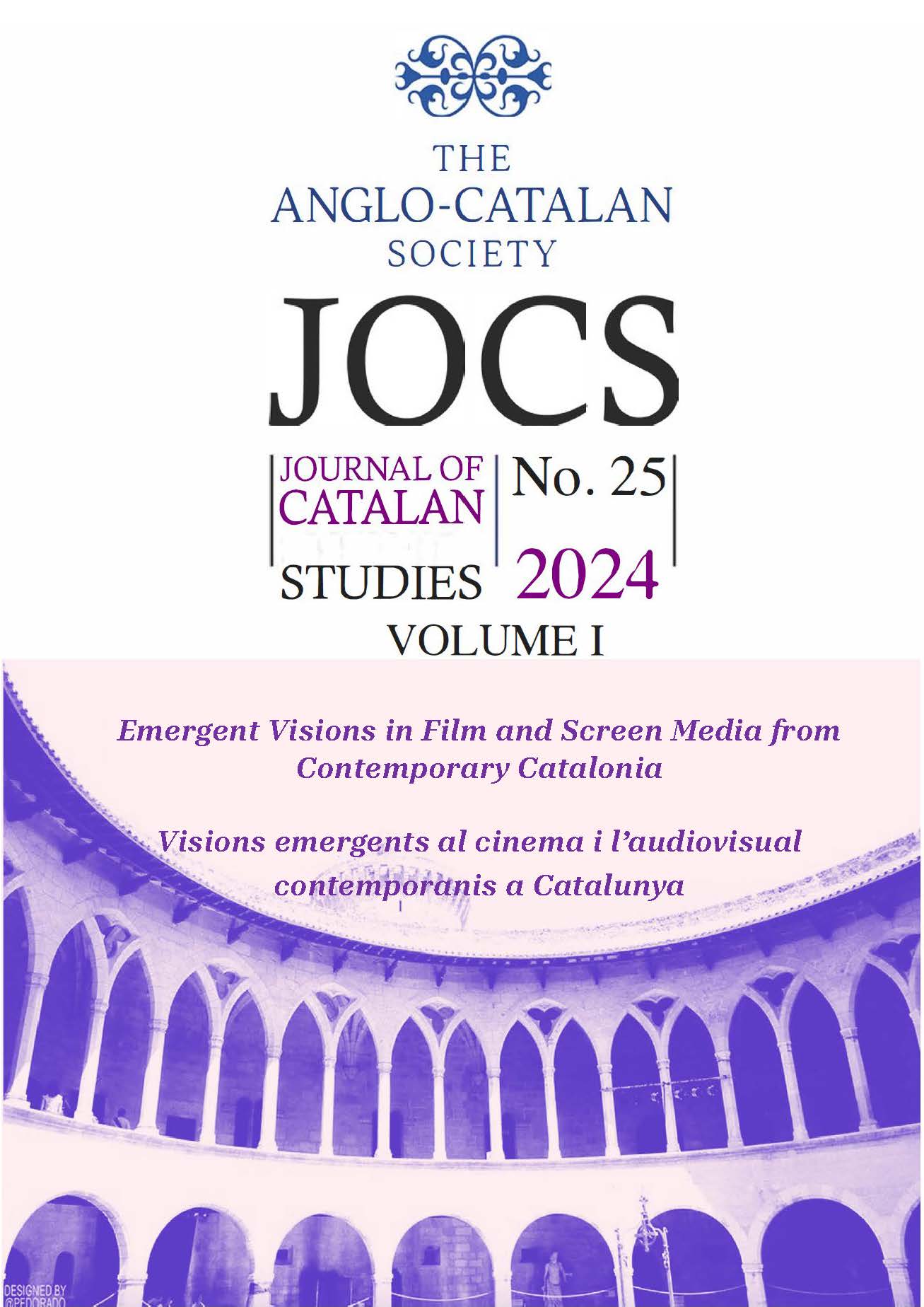Spaces, Surfaces, and the Secret: the African films of Isaki Lacuesta
Keywords:
Texture, Painting, Secret, Surface, Tactile, Body, Biopic, GriotAbstract
This essay focuses on the two films that Isaki Lacuesta directed in Mali in 2011. Both films count on the collaboration of Mallorcan artist Miquel Barceló, they were shot simultaneously and, in different ways, address questions of artistic processes. The feature, Los pasos dobles, is a work of fiction based loosely on the apocryphal stories surrounding the life and legacy of François Augiéras, the mid-20th century writer and artist maudit, who spent a number of years in different parts of northern-central Africa in the 1950s. The accompanying documentary, El cuaderno de barro, centers on the performance of Barceló and Serbian choreographer and dancer Josef Nadj called “El Paso Doble” that takes place in the same locations as the work of fiction, and the preparations in advance of it.
The article considers the idea of surface in all its forms: the desert landscape, the artist’s canvas, the wall of a cave, and the skin of the human body, among others. It seeks to draw out the respective spatial and tactile configurations of each and all of them; their secrets, as it were. At the same time, it seeks to map a filmic and artistic genealogy that links Augiéras to Barceló, Lacuesta with Jean Rouch, the historical avant-garde with contemporary art and filmmaking.
Resum
Aquest assaig se centra en les dues pel·lícules que Isaki Lacuesta va dirigir a Mali l’any 2011, ambdues protagonitzades per l’artista mallorquí Miquel Barceló. Es van rodar simultàniament i, de diferents maneres, aborden qüestions del procés artístic. Los pasos dobles és una obra de ficció basada lliurement en les històries apòcrifes que envolten la vida i el llegat de François Augiéras, l’escriptor i artista maudit francès, nascut als Estats Units, que va passar uns quants anys a diferents parts del nord d’Àfrica central als anys 50. El documental que l’acompanya, El cuaderno de barro, se centra en la performance de Barceló i del coreògraf i ballarí serbi Josef Nadj titulada “El paso doble” que té lloc als mateixos espais que l’obra de ficció, i en els preparatius previs a la representació. Tal com suggereix la mateixa noció de “paso doble”, aquestes pel·lícules es basen en el motiu del doble que caracteritza la majoria, si no tot, del corpus fílmic de Lacuesta. L’article aborda la idea de superfície en totes les seves dimensions: el paisatge desèrtic, el llenç de l’artista, la paret d’una cova, la pantalla i la pell del cos humà, entre d’altres. Pretén dibuixar les configuracions espacials i tàctils de totes i cadascuna d’elles—els seus secrets. Al mateix temps, cartografia una genealogia fílmica i artística que vincula Augiéras amb Barceló, Lacuesta amb Jean Rouch, o l’avantguarda històrica amb l’art i el cinema contemporanis.
Published
Issue
Section
License
Copyright (c) 2025 Steven Marsh

This work is licensed under a Creative Commons Attribution 4.0 International License.
Authors retain copyright and grant the journal right of first publication with the work simultaneously licensed under a Creative Commons Attribution (CC-BY) 4.0 License that allows others to share the work with an acknowledgment of the work’s authorship and initial publication in this journal.

